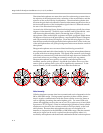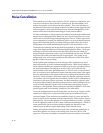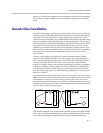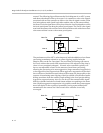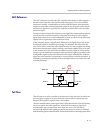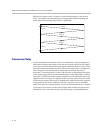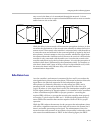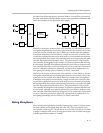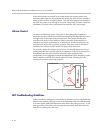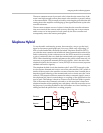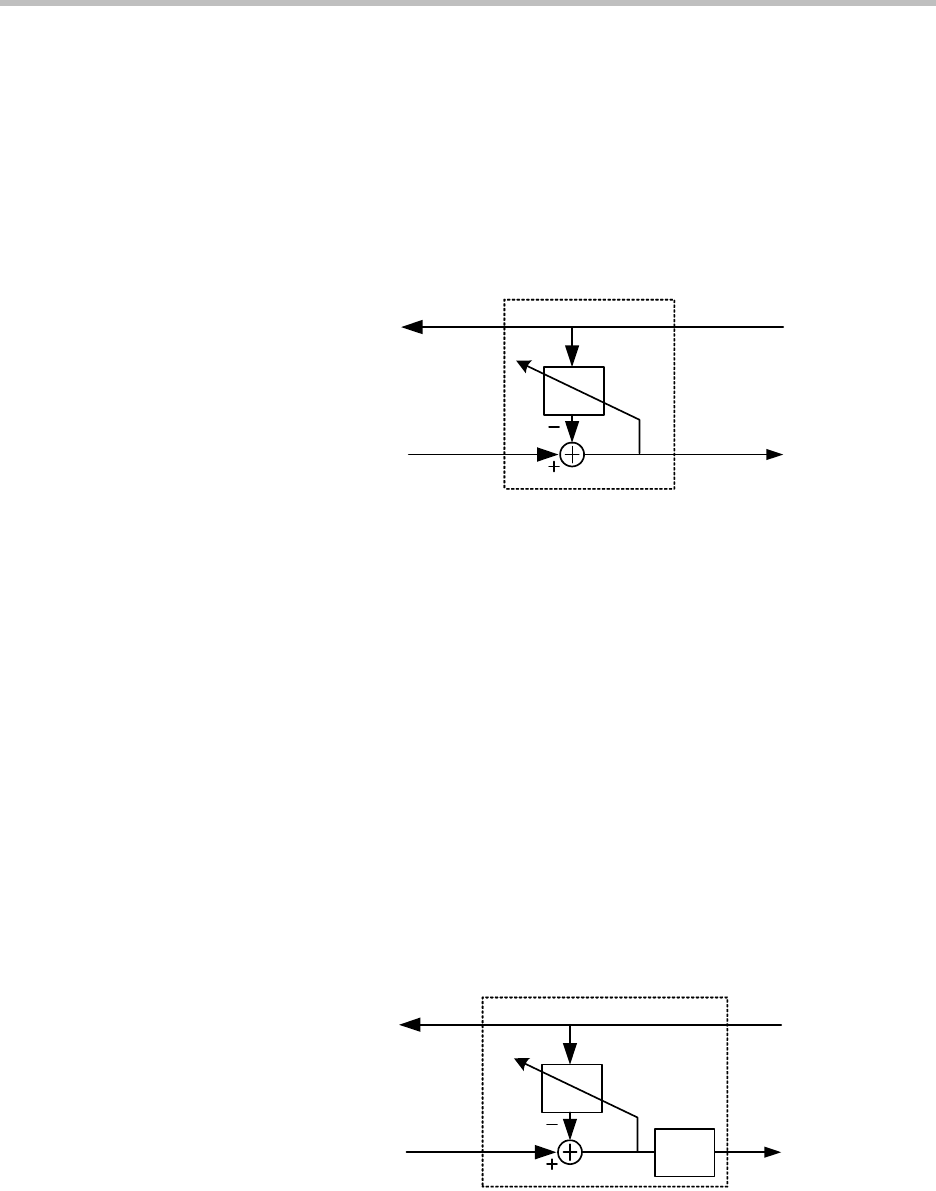
Design Guide for the Polycom SoundStructure C16, C12, C8, and SR12
B - 12
around. The following figure illustrates the block diagram of an AEC system
and shows the adaptive filter at its center. It is common to refer to the signals
associated with an echo canceller as follows: the Near In signal consists of the
local microphone audio (both local talker and the echo of the remote talker),
the Near Out is the signal that will be played into the local loudspeaker so that
the local participants can hear the remote participants. The Far In is the signal
sent from the remote side and Far Out is the local talker audio with the acoustic
echo-removed that is sent to the remote participants.
The performance of the AEC is often improved with the addition of non-linear
processing (sometimes referred to as center-clipping) applied after the
adaptive filter on the Far Out signal. The non-linear processing will remove
low-level artifacts that result from imperfections of the adaptive filter, that is,
when it is not completely adapted. Acoustic echo cancellers typically will
have a user adjustable control for the amount of non-linear processing,
allowing the processing to be more aggressive (larger amount of suppression)
or less aggressive (less suppression). More aggressive suppression will reduce
the occurrence of residual acoustic echoes to the remote site, but possibly at the
expense of introducing some clipping of the first syllable of local talkers audio
during transitions from the remote people talking to the local people talking.
Aggressive suppression may also vary the level of the transmit audio signal
based on whether both the local and remote talkers are speaking at the same
time. With less aggressive suppression it is possible to make the system appear
more full-duplex at the expense of potentially having some residual echo
transmitted to the remote site if the acoustic echo canceller is not fully
converged.
Filter
AEC
Near In
Near Out
Far Out
Far In
Filter
AEC
Near In
Near Out
Far Out
Far In
NLP



